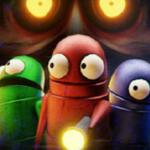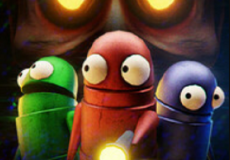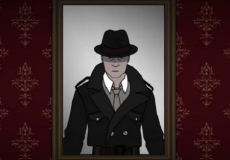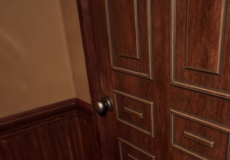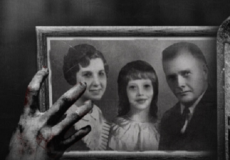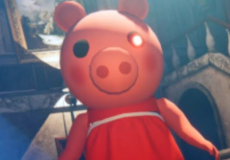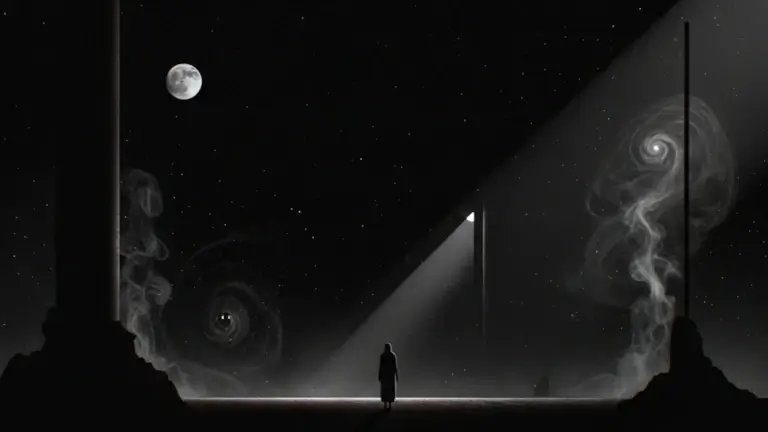

The Baby in Yellow
Advertisement
The Baby In Yellow starts with a routine assignment: you are asked to take care of a baby for the night. The house is quiet, the lights are on, and the list of tasks seems normal—feed the baby, change the diaper, and put them to bed. But very quickly, the situation begins to shift. The baby doesn’t behave as expected, and the environment becomes less stable with each completed task. What begins as a regular night turns into something much stranger.
Advertisement
Similiar games
The Baby In Yellow starts with a routine assignment: you are asked to take care of a baby for the night. The house is quiet, the lights are on, and the list of tasks seems normal—feed the baby, change the diaper, and put them to bed. But very quickly, the situation begins to shift. The baby doesn’t behave as expected, and the environment becomes less stable with each completed task. What begins as a regular night turns into something much stranger.
The game is played from a first-person view, allowing you to walk around the house and complete objectives. Every action moves the story forward, but also triggers new events that are out of your control. The baby starts moving on its own, objects shift location, and doors lock behind you without warning. These changes build tension slowly, without needing to explain what is happening or why.
Tasks That Lead to Trouble
Each level introduces new responsibilities that must be handled to continue. On the surface, the tasks remain similar—take the baby to bed, prepare a bottle, clean up the mess—but their outcomes change each time. The more you follow the list, the more unstable the environment becomes, turning everyday moments into something much harder to predict.
Examples of in-game tasks:
· Feeding the baby using a bottle from the kitchen
· Finding and replacing missing items like pacifiers or toys
· Carrying the baby back to the crib after escape attempts
· Turning off lights that turn on again by themselves
· Unlocking new parts of the house as the story progresses
These tasks seem simple but lead to surprising results. Players must react to new problems while trying to stay calm in a space that no longer feels safe.
A House That Doesn’t Stay the Same
The layout of the house is familiar at first, but small changes begin to appear between levels. Hallways stretch longer than they should, shadows linger, and doors lead to unexpected places. These shifts affect not only how you move through the space, but also how you think about the next step. The baby becomes less of a goal and more of a mystery.
The Baby In Yellow does not use traditional horror mechanics. There are no enemies to fight or tools to collect. Instead, the fear comes from routine breaking down. You begin by following instructions, but eventually you start questioning whether you should continue at all. The tension grows from the conflict between what you’re told to do and what feels wrong.
A Short Game With Lasting Impact
This game can be completed in a short time, but it uses that time to build strong atmosphere and unexpected turns. Each session is filled with strange moments that invite replaying just to catch what you may have missed. Although the tasks are clear, the meaning behind them remains hidden, leaving players to guess at the true purpose of the story.
The Baby In Yellow leaves questions unanswered and focuses on making the player feel unsettled in a familiar place. It shows how quickly something normal can become unpredictable. With each loop, the baby remains the center, but the world around it keeps changing. The game ends, but the feeling it creates stays with you.
Discuss The Baby in Yellow


